Artemisia Academy, a villa confiscated from the mafia, is an innovative model of housing, residential and tourism-social mix. A part of the Villa was destined to an apartment group for Italian neo-adults and former unaccompanied foreign minors, allocating the additional spaces to catering activities, tourist-hotel reception co-managed by the same boys; a place where the young inhabitants of the house will have the opportunity to start from scratch, giving themselves a second chance.
NEB Prizes 2023: All Applications
Filter by
Applications (1419)
Showing results 331 to 340
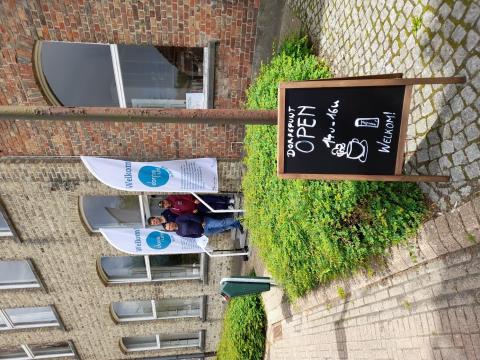
A Village Point is a place where residents can meet and find missing former services. The Village Point is run by people with disabilities. With the Village Point, we want to connect people and invest in a warm and caring neighbourhood. We do this by moving towards a new care system in which we do our own connecting and innovative business with the local community as the driving force and with a focus on people with increased vulnerability. Today, there are 5 Village Points in the Westhoek.
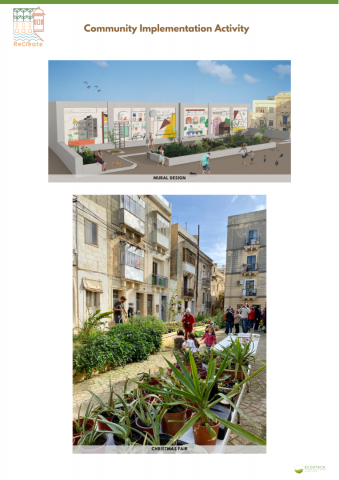
Building on the visions of the residents and local authorities, and through a process of engagement and co-creation with communities of interest and communities of influence, ReCreate has reinvented public spaces for communities in the highly dense urban environment of Senglea, Malta. The project has led to the co-creation of two public spaces and pop-up park art, and has served as fertile ground for experimentation on how to co-create green spaces with and for communities.
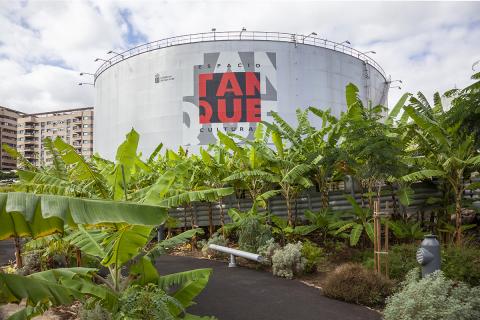
An ecological restoration project in a formerly industrial area that provides the Cabo Llanos neighborhood of Santa Cruz de Tenerife with its first green public space. This banana trees and endemic plants garden that surrounds a former oil tank, reused as a cultural space since 1997, recalls the agricultural landscape prior to industrialization, staging the city as a place of coexistence for diverse cultures and sensibilities that shape the identity of the city.
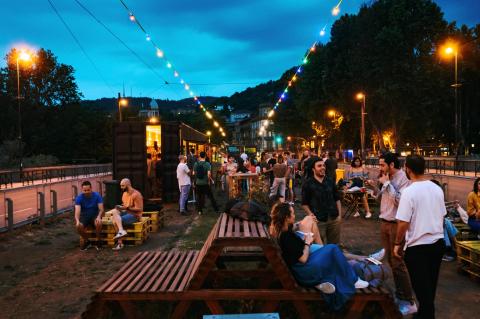
Precollinear Park: a Turin-based placemaking project transforming a former tramway bed into an urban linear park ー a new community hub as a response to Covid-19. The project was born out of participatory planning and generated a community of over 120 volunteers that develop and upkeep the reconquered public space. Furnished with reused co-designed materials, it has become a focal point for the local community, hosting gatherings, cultural events and even lessons partnering with nearby schools.

The Nest City Lab is an urban lab dedicated to regenerative practices. The space in the heart of the @22 innovative district of Barcelona offers a live version of the sustainability goals of the city. 1800 m2 of renovated old industrial building with an indoor edible forest at its core, shared spaces for sustainable activities as an urban aeroponic farm, a post-industrial kitchen with plant based organic and km 0 focus and a well being studio based on the reconnection with natural cycles.
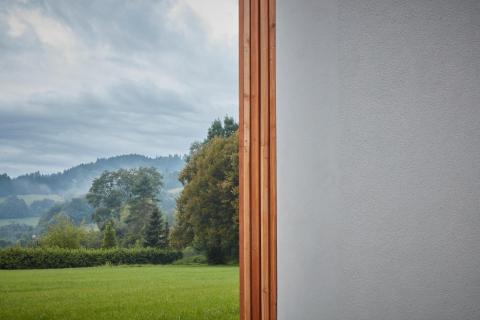
The sports hall is located in the small town of Nový Hrozenkov, nested in the valley of the Bečva River, which flows through the Vallachian landscape in the eastern corner of Czechia. The architects wanted to bring to the small town contemporary architecture that would fit in while introducing something fresh and original for local communities. The main concept of the building was to highlight the potential of the rural landscape and link it with a generous glass wall to the indoor play area.

Energy Cooperative WEnCoop is the first energy community for women entrepreneurs in Europe. Involves 66 members, all members of the Greek Association of Women Entrepreneurs -SEGE and strikes to assist equal chances for their members. Each member benefits from financial gains to energy costs and is able to operate in the energy sector, and increase its family income. WEnCoop operates a PV park, the energy produced is to be used in electromibility actions and free quantities will be allocated to v
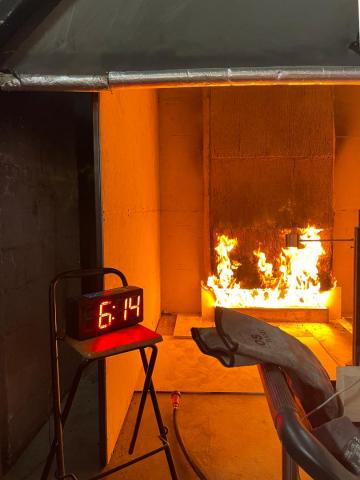
The project aims to push the fundamental understanding of the potentials of biogenic materials in architecture with three main questions: How can architecture be created so it fully contributes to the green transition of society? How can architectural design increase the use of biogenic
materials in construction to help decreasing CO2 emissions? How can radical biogenic architecture be developed when integrating knowledge from traditional building culture/-craft with new building processes?
What could a street look and feel like in 2030? Even though streets form a central part of our urban landscape, the design of streets has remained somewhat unchanged for the past 100 years. In the face of global challenges, how could streets better respond to our needs, people and nature? Kera New Street is a glimpse into that future, an experimental and a spatial entity that invites people to experience and envision future streets along with the sustainable solutions needed to implement them.
